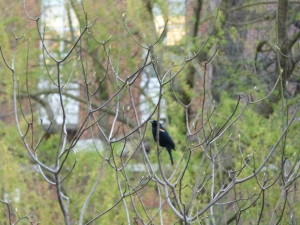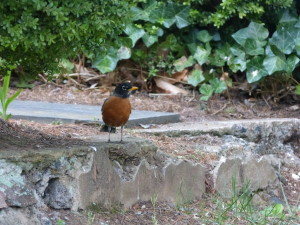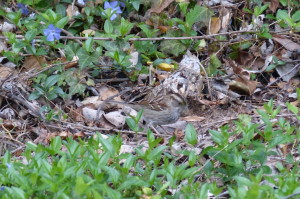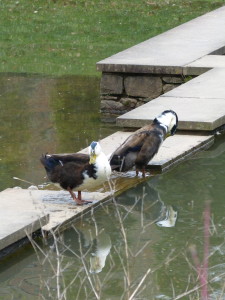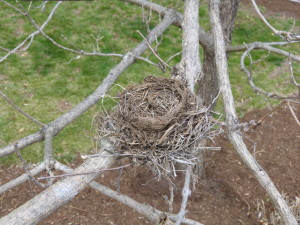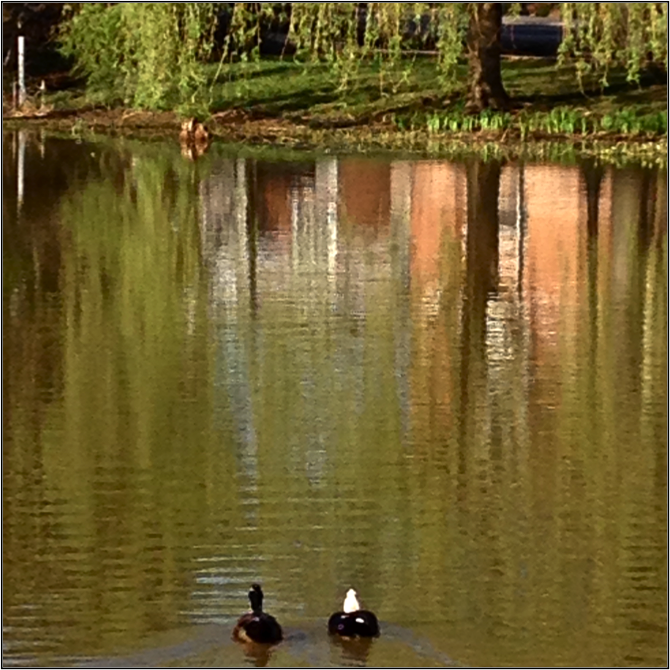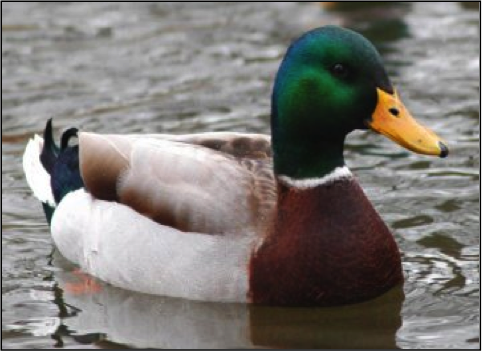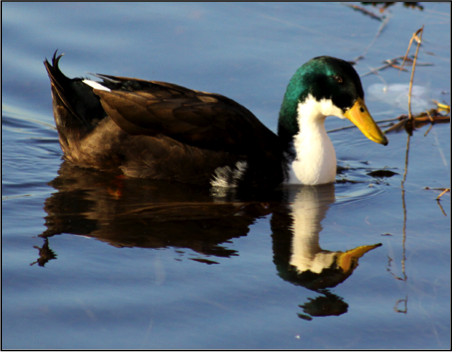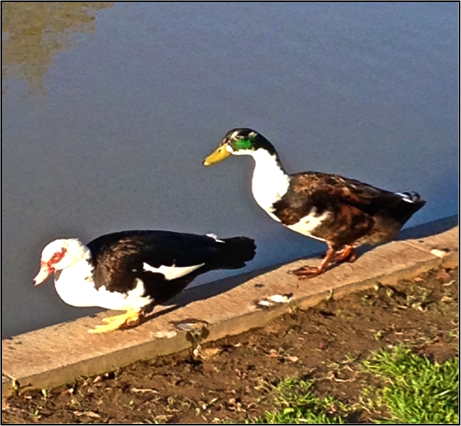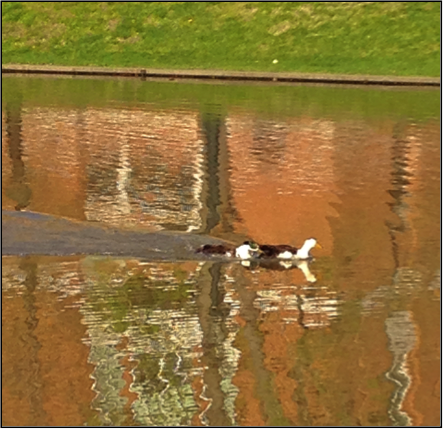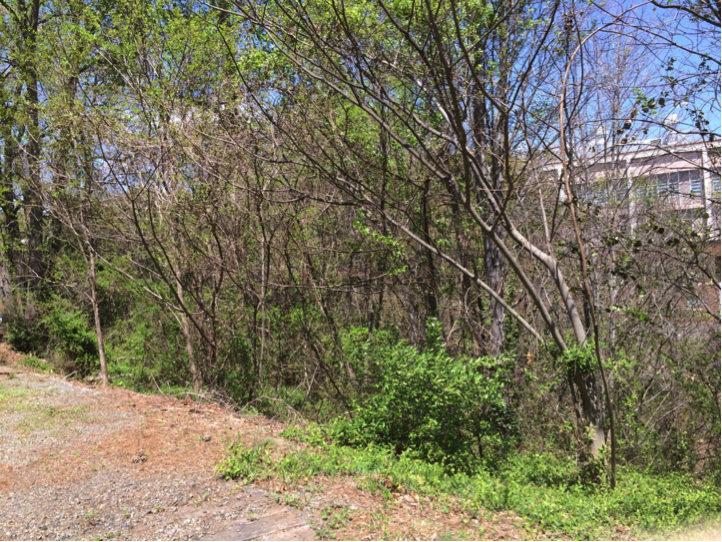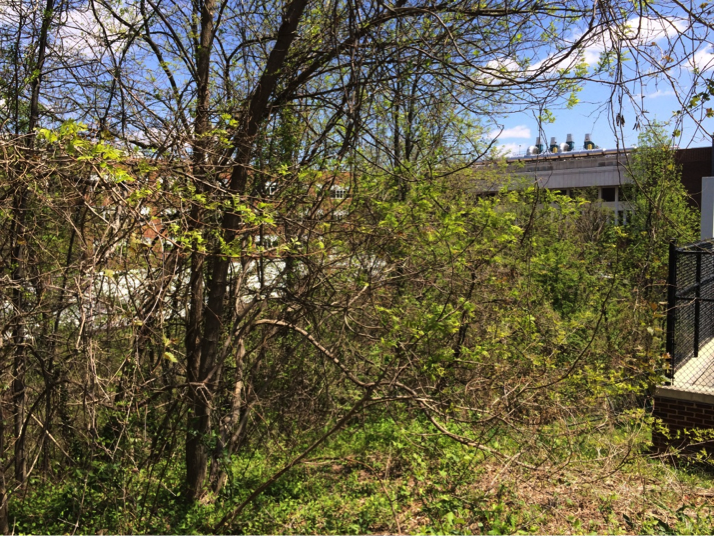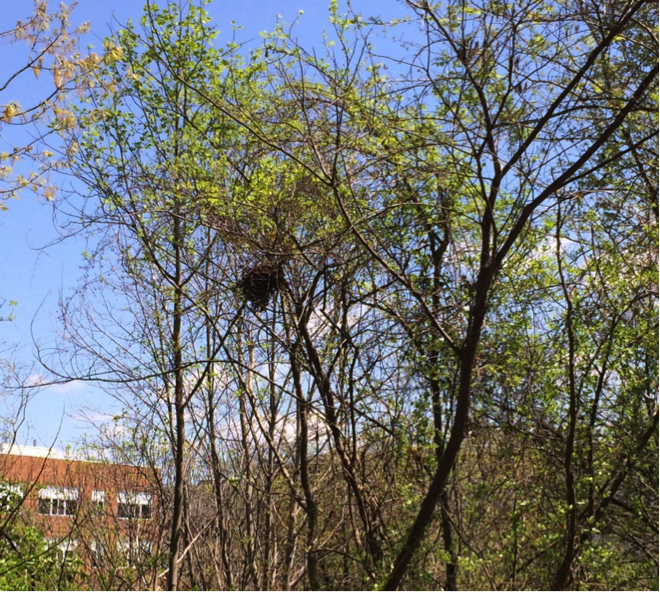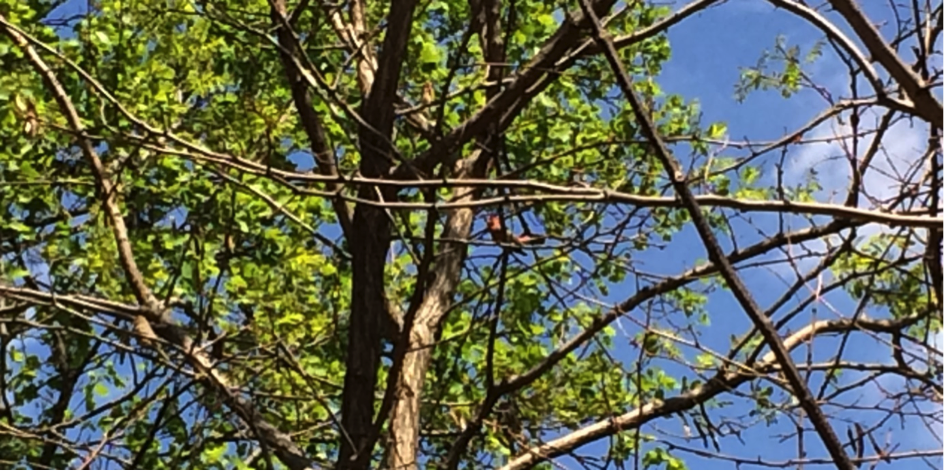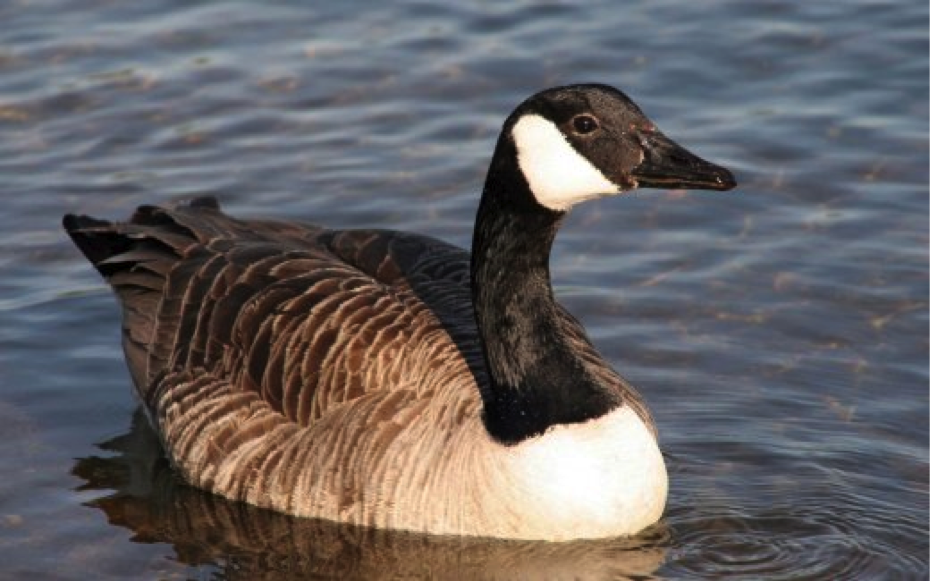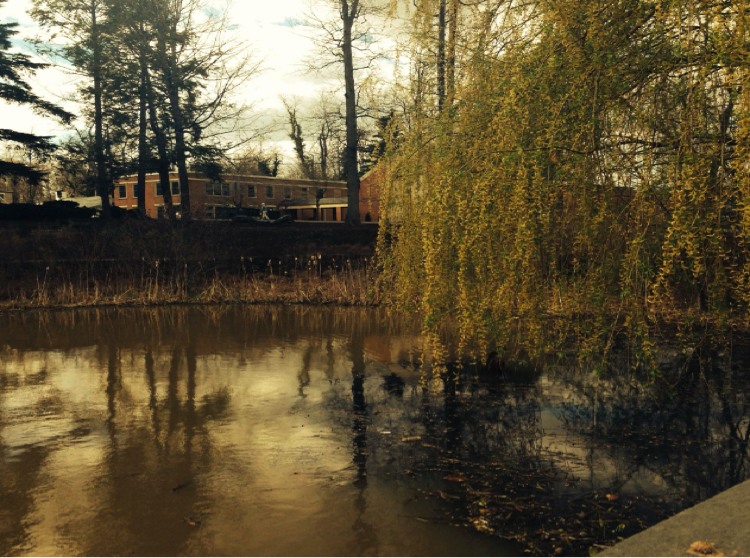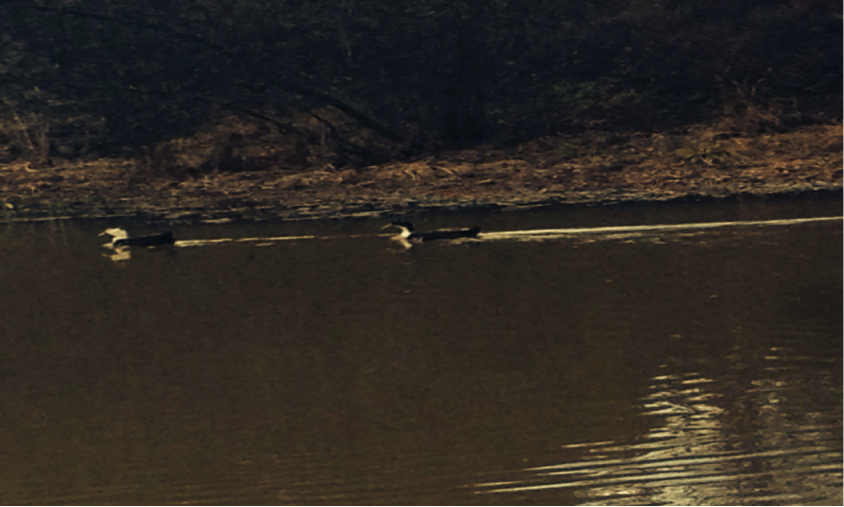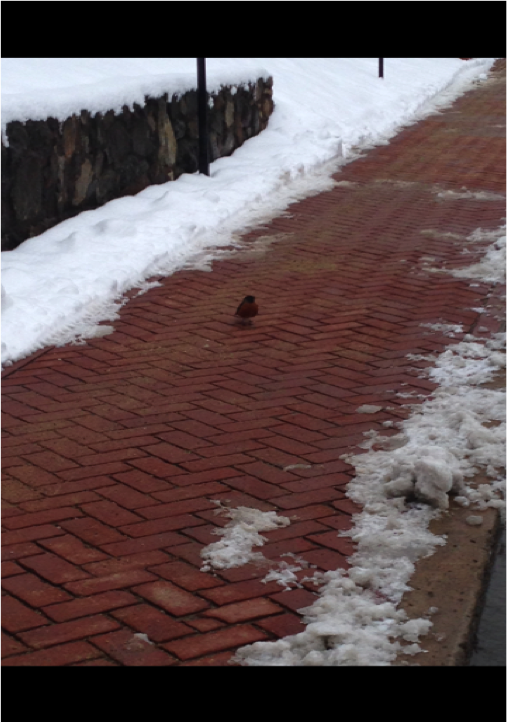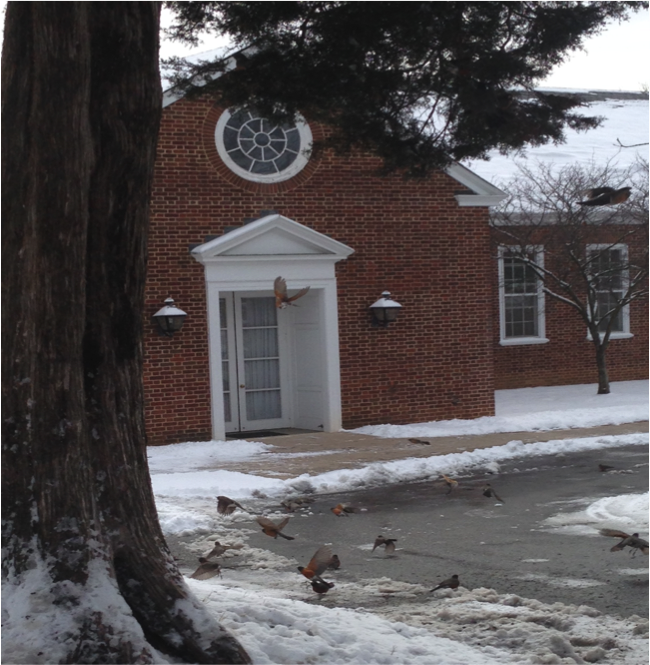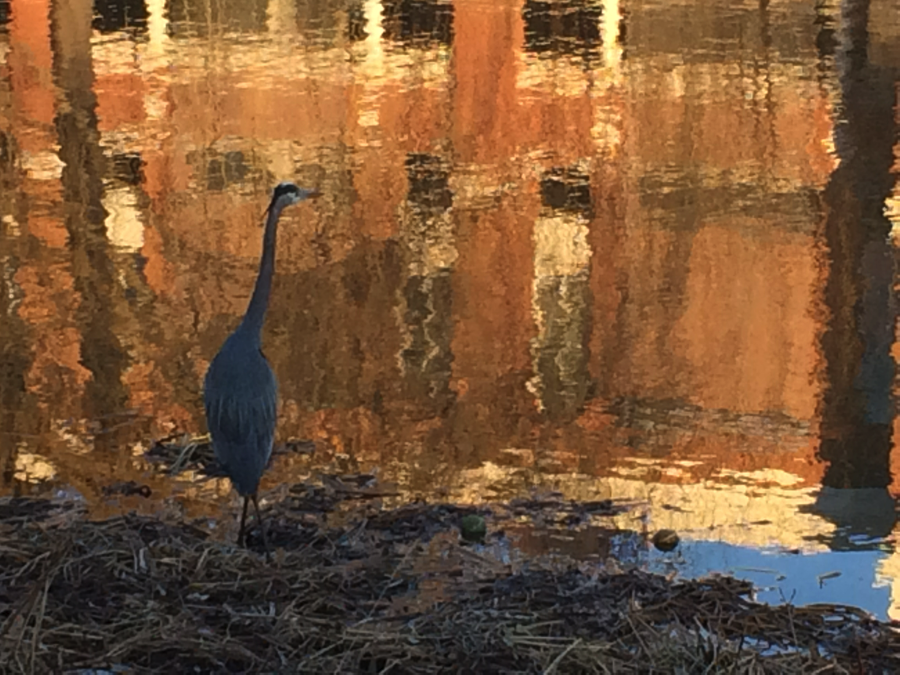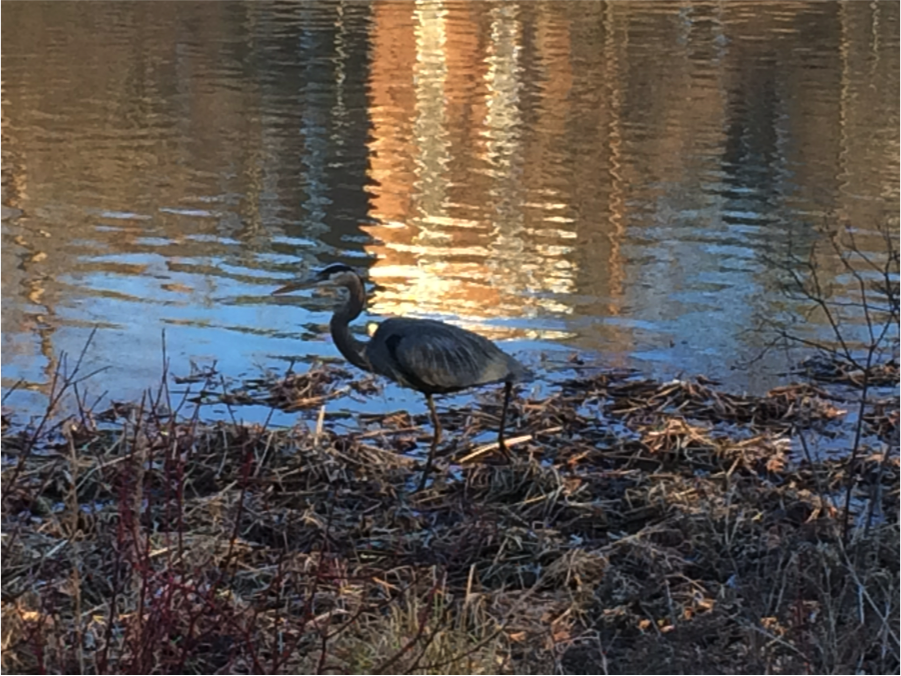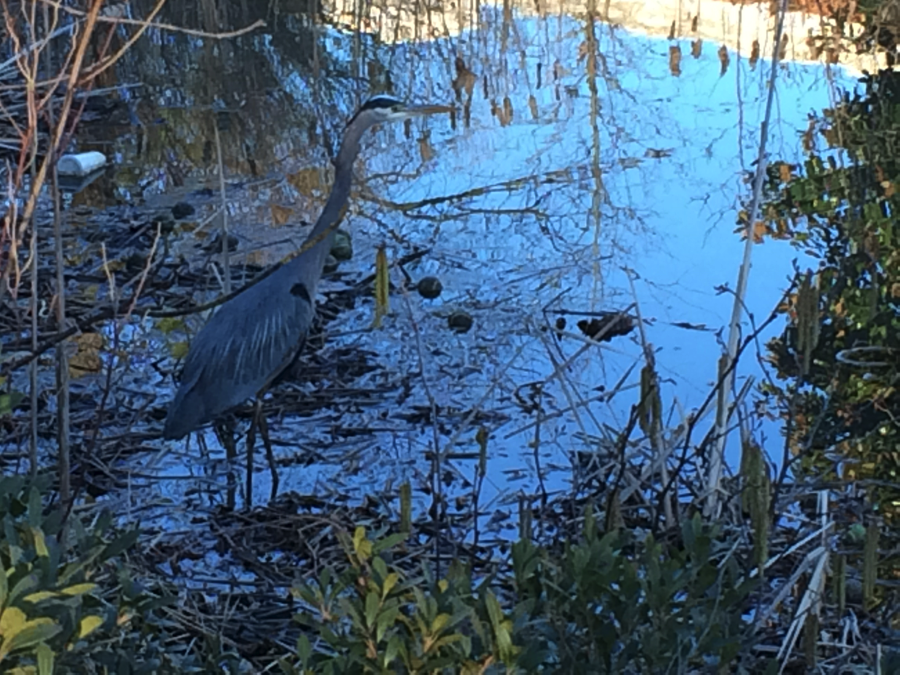In the days leading up to my trip to Dell Pond, I began to take notice of the bird songs I heard throughout the day. Much to my surprise, I almost always heard birds singing in the background. This was shocking to me. I expected to hear a lot of birds in the morning but still in the afternoon and evening I was hearing things. This made me sad to realize how much I don’t notice around me everyday. I wonder what other things in nature I am constantly overlooking. It made me wonder if the birds suddenly stopped singing, would people notice or not?
I ended up going to Dell Pond on Wednesday April 8th around 5 o’clock in the evening. I figured I would try to get use out of my good camera and capture some pictures of the birds along with the sounds from the recorder. I didn’t expect to get such clear recordings and great pictures.
While looking at the pictures, I became very interested in trying to identify the birds. My grandmother was an avid bird watcher who could identify almost every bird. I, on the other hand, could probably only identify a duck, crow, and maybe a cardinal. To help with identifying, I downloaded the iBird app, which was super easy to use and very helpful. All together, I was able to see 5 species of birds and capture good pictures of 4 of them! I saw American Robins, white crowned sparrows, a red-winged blackbird, a cardinal, and ducks (which I think are mallards but not sure).
When I heard a sound from a bird, I would try to find the bird making the noise. This proved to be much harder than expected because birds often blend in to their surroundings, there’s more than one bird, and there’s multiple sounds at once. It was definitely easier to spot the birds now than it would be in the summer when trees are in full bloom because they can’t hide behind leaves now.
The one bird I was able to correctly find and also listen to the sound was the red-winged blackbird. Dark clouds had rolled in and it became a lot quieter among many of the birds. I then heard this loud screech and saw a black bird in the tree. It was really cool to watch the bird make the sound rather than just hear it. I got so close I was able to see him open his mouth.
Recording: 150408_007
There was a lot of Robins at Dell Pond. I spotted this one because it flew into the air, hit another one and then they both swan dived straight into the ground. It was a really bizarre sight and I’m not sure exactly what I witnessed.
I placed the recorder on the ground for a little while I walked around and took pictures. When I went back to pick up the recorder, there was about 10 baby white-crowned sparrows hopping around it. These birds blended so well into the background I could only spot them by their movement.
Recording: 150408_004
The easiest birds to spot were the ducks. I’m not sure exactly what kind they are but I am thinking some kind of mallard. I normally don’t think of ducks when I think of birds because I think of birds as the tiny things that fly around in trees. I never actually heard these birds making a sound while I was at Dell Pond (unless I just didn’t notice).
Another cool thing I wanted to share was this nest that I found. I was hoping either eggs or baby birds would be in it but it’s still cool to see. Maybe this was the nest of the baby white-crowned sparrows I saw hopping around the recorder.
All together I probably saw close to 30 birds and gained a greater appreciation for the birds in our community. I’m really glad I did this project and I can say I honestly enjoyed my time at Dell Pond.
Recording: 150408_003
Post by Sydney Rubin
